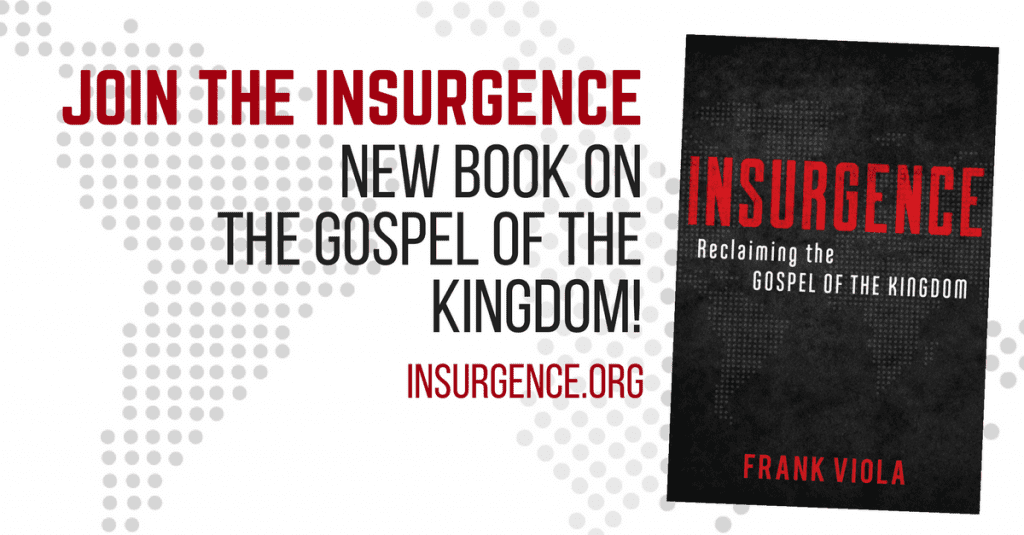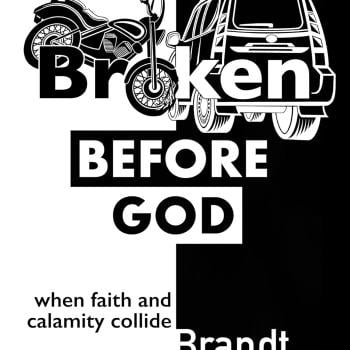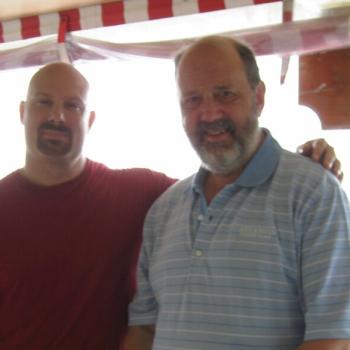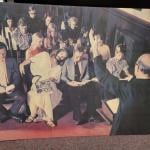Kim Hammond and Darren Cronshaw have released a new missional book called Sentness: Six Postures of Missional Christians.
I caught up with Kim recently to talk about the book. Enjoy!
Instead of asking, “what is your book about,” I’m going to ask the question that’s behind that question. And that unspoken question is, “how are readers going to benefit from reading your book?”
Kim Hammond: My book benefits readers by . . .naming the biggest thing holding back the church from mission; not the style or size but the posture, a selling one. The issue of consumerism and church shopping rather than persecution like in the church in the East. Readers will get simple language and license to embrace their sentness.
What experiences that shaped the insights in the book?
Kim Hammond: Pastor for twenty years, church planting for 8, missional consultant in America for 4 years and working with Alan Hirsch and Forge for over a decade. I have observed the church in consumption and I have worked with some of the best practitioners in the world.
How is your book different from other missional books? What are you saying that’s unique?
Kim Hammond. There is nothing new in the theology, there is lots written on missional theology, but it tells unique stories, observes the distinct posture these sent missionaries practice.
Give us two or three insights from the book that would be helpful to Christians who are interested in mission.
Kim Hammond. 1. God is at work and we join Him, it’s already Blessed. 2. God calls all of us to be Sent to a people place or purpose, often in our very own neighborhoods.
What have early readers said about the book so far?
Kim Hammond: If you’ve spent any time introducing people to “missional,” you’ve struggled with what, exactly, to call it. Is it a new paradigm? Absolutely, but few people understand the word or understand its ramifications.
How about framework? Nah. Too rigid. Is missional a lens through which we see scripture and the world? Now we’re getting warm… because simply seeing things through a missional lens answers many questions and raises new ones. Mindset comes to mind, because it incorporates attitude… but it also carries the negative nuance of becoming set in a particular way of thinking.
Lifestyle is close but incomplete; it is more the outward and visible result of whatever else “missional” is.
Here’s a review of the book:
In their book Sentness, Kim Hammond and Darren Cronshaw hit on a nearly perfect word to describe all things missional… posture. It always describes one thing in relation to another. It’s a stance that anticipates action, requires awareness, and assumes multiple forms. They highlight six, but you’ll find more between the covers of this book.
They begin with the completely re-orienting basis of all missional thinking: Disciples of Jesus are sent vs. consuming. We cannot be receivers of God’s blessings for our own sake, but for the sake of the world. “(Spiritual) formation is not for any other purpose than for mission.” This spins spectators 180°… into missionaries. The shift could not be more radical, from “come and see” to “go and do.” The authors quote Newbign: “…the only answer, the only hermeneutic of the gospel, is a congregation of men and women who believe it and live by it.”
We’re still in the introduction, and I’ve already decided to order Sentness by the case. From accepting our primary posture as sent people, Hammond and Cronshaw show what it looks like to be submerged (living incarnationally) for the sake of shalom (seeking restoration of all things). They demonstrate the need for safe places of inclusion and the non-negotiable essential of sharing life in a web of relationships. They close with the posture of standing in the gap… empowering others to live out their sentness.
Hammond and Cronshaw’s stories are powerful and accessible… anybody can do this stuff under the power of the Holy Spirit. Seeing how others live out their sentness inspires me to look for new ways to live out my own. I found their choice of quotes to summarize and illustrate each posture both inspiring and convicting.
I hesitate to estimate just how much in Sentness will be new to readers of Alan Hirsch and Michael Frost, David Bosch and Leslie Newbign, Chris Wright and Darrel Guder. But, after consuming several thousand pages of densely theological and deeply philosophical background material, I longed for a single starting point of introduction to missional; not a syllabus of many books that explore every nook and cranny (these are readily available) but a book I could hand to a friend and say “just start here.” Sentness may be that book.
What do you hope readers will walk away with after they finish your book?
Kim Hammond: Stop consuming church and be the church and embrace their sentness.


















